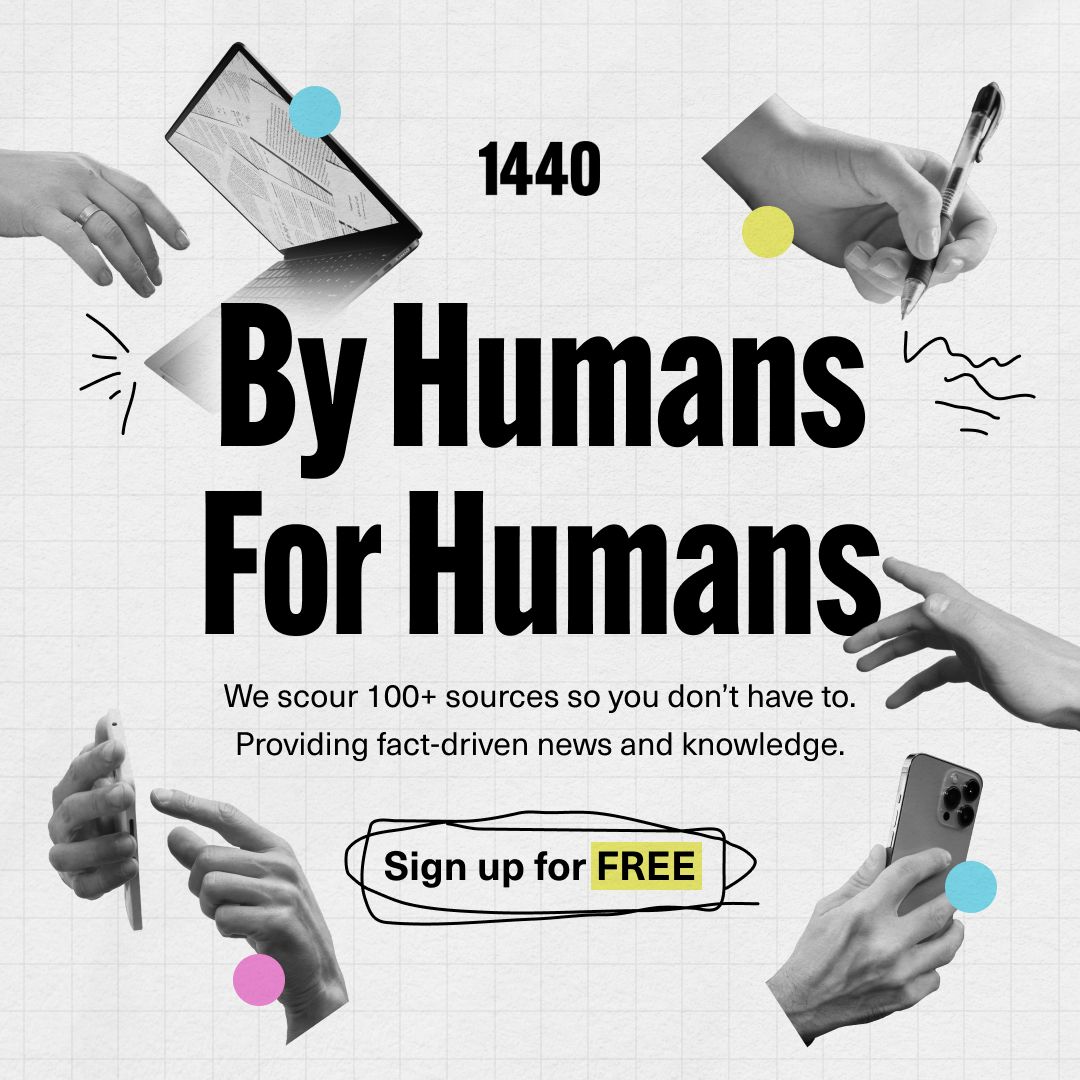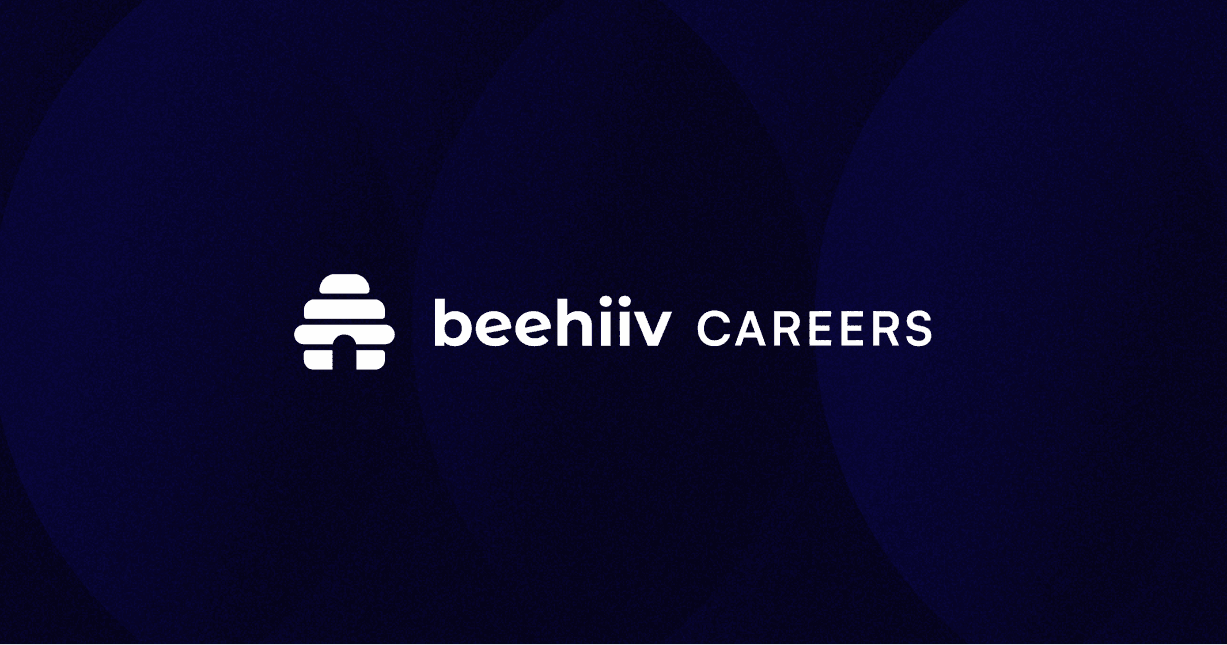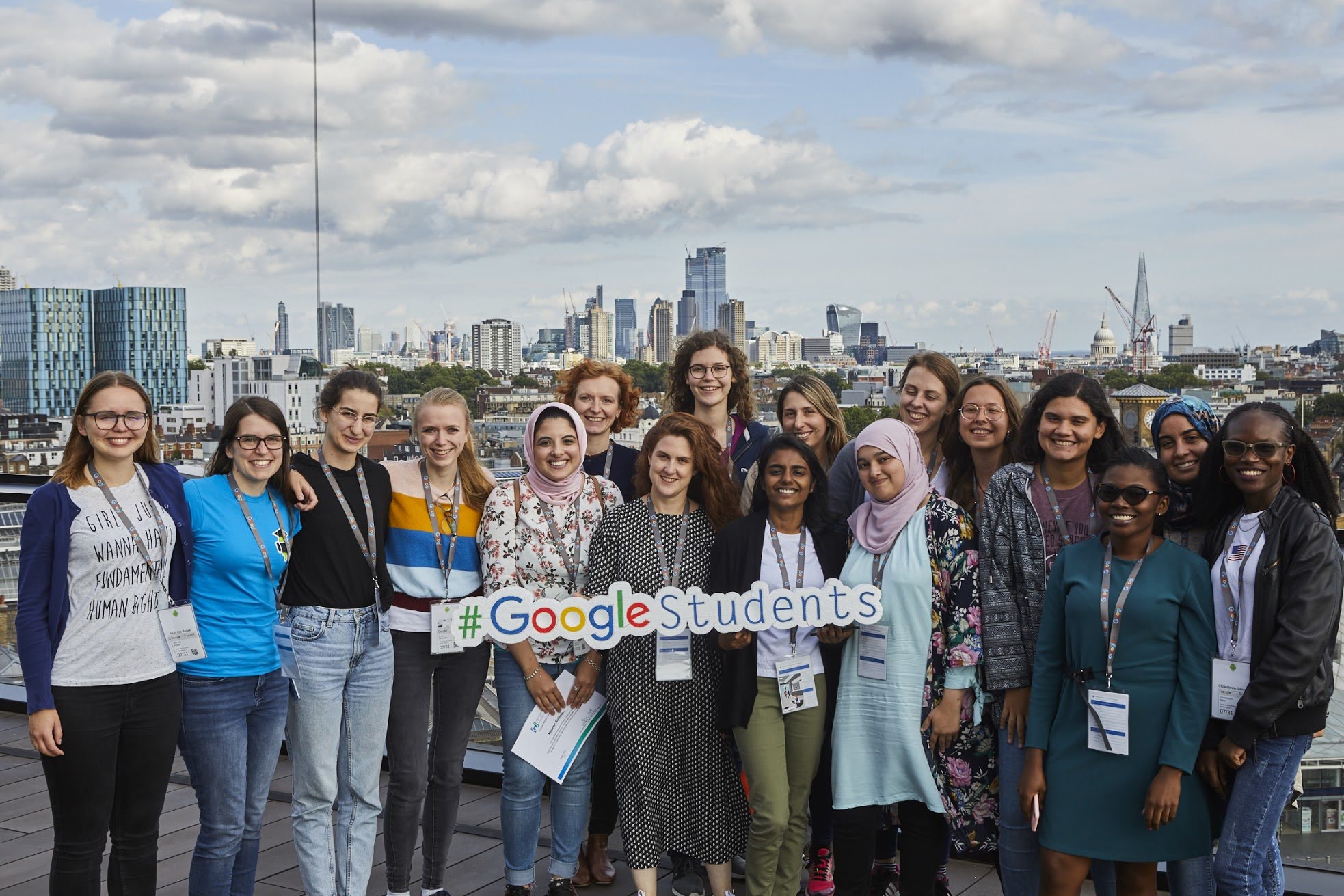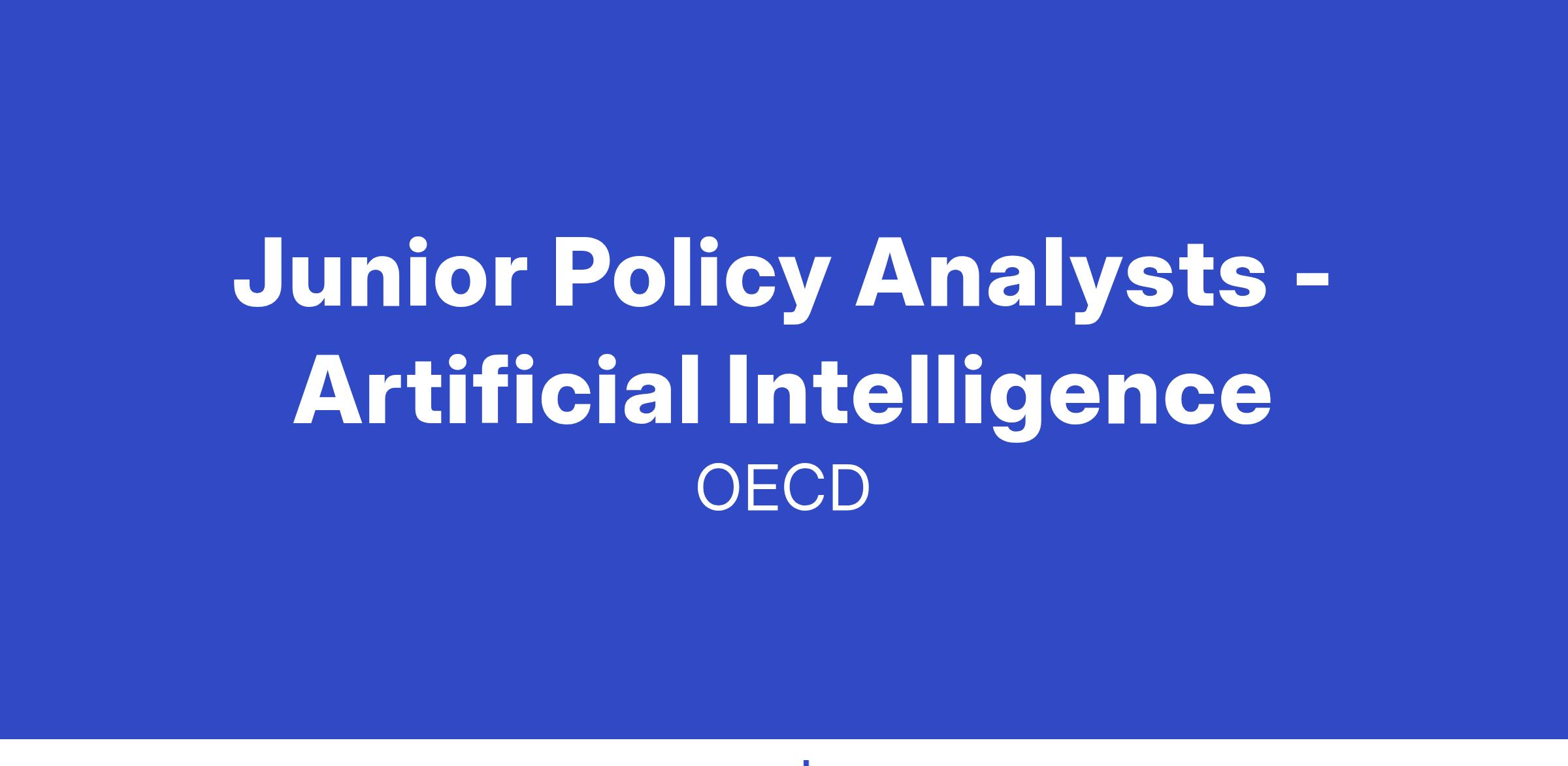Fact-based news without bias awaits. Make 1440 your choice today.
Overwhelmed by biased news? Cut through the clutter and get straight facts with your daily 1440 digest. From politics to sports, join millions who start their day informed.
AI, Data Centers & the Climate Reality Check: A Changemaker's Guide to Cutting Through Corporate Greenwashing
The artificial intelligence revolution promises to solve humanity's greatest challenges—from accelerating medical breakthroughs to optimizing climate solutions. But behind the glossy "AI for good" marketing lies a sobering reality: the sector's energy and water footprint is exploding, corporate sustainability pledges are falling short, and the window for course correction is rapidly closing. Here's what changemakers need to know to demand real accountability.
The Scale of the Problem: Numbers That Matter
Data centers now consume massive amounts of global electricity, with AI driving unprecedented growth in energy demand. The International Energy Agency reports that global data centers consumed approximately 415 TWh in 2024, with projections reaching 945 TWh by 2030—equivalent to adding Japan's entire electricity consumption to the world grid.
In the United States, the situation is even more stark. Data centers consumed 4.4% of national electricity in 2023 and could reach 6.7% to 12% by 2028. To put this in perspective, an AI-assisted search can consume up to ten times more electricity than a conventional query.
The Hardware Reality
The computing power behind AI comes at a steep environmental cost. Each NVIDIA H100 GPU—the workhorse of AI training—consumes roughly 3,740 kWh annually, equivalent to the average American household's electricity use. Collectively, NVIDIA's H100 GPUs consumed over 13,797 GWh in 2024, exceeding the annual energy consumption of entire nations like Georgia and Costa Rica.
Per-Query Reality: What Each AI Interaction Actually Costs
Understanding AI's environmental impact requires looking beyond aggregate statistics to examine what each interaction actually consumes:
Current AI Query Consumption
ChatGPT query: Approximately 0.34 watt-hours per average query, according to OpenAI CEO Sam Altman
GPT-4o query: About 0.3 watt-hours per typical query, representing a 10x improvement over older estimates
Image generation: Around 2.9 watt-hours per image, equivalent to charging a smartphone
Advanced text response: Up to 6,706 Joules (1.86 wh) for complex queries using the most powerful models
AI vs. The World: Putting Energy Use in Perspective

Streaming: The Overlooked Energy Giant
The comparison with streaming services reveals important context about digital energy consumption:
Netflix HD streaming: 0.077 kWh per hour, equivalent to approximately 26.5 ChatGPT queries
4K streaming: Up to 0.6 kWh per hour, with a 10-hour binge consuming 6 kWh—equivalent to running a refrigerator for two days
Bitcoin Mining: AI's New Competition
The relationship between AI and cryptocurrency mining reveals a shifting energy landscape:
Current consumption: Bitcoin mining uses around 10 gigawatts globally
AI projections: AI energy demands are projected to reach 23 gigawatts by end of 2025—more than double Bitcoin's current consumption
Revenue competition: AI offers up to 25 times more revenue per kilowatt hour than Bitcoin, causing miners to switch operations
Critically, AI requires "99.9% uptime" while Bitcoin mining can be shut down during peak demand, making AI less flexible for grid management.
Air Conditioning: The Contextual Comparison
While AI consumes significant energy, air conditioning provides useful perspective:
Traditional AC: Accounts for around 50% of a building's total electricity consumption
AI-powered AC systems: Can achieve 20-73% energy savings through predictive optimization
Ironic efficiency: AI systems that help reduce AC energy consumption may themselves consume more energy than the systems they optimize
Should We Use AI? A Framework for Responsible Adoption
Given these energy realities, the question isn't whether to use AI, but how to use it responsibly. Here are some thoughts that may be helpful.
High-Value Use Cases That Justify Energy Costs
Medical discovery: AI accelerating drug development or diagnostic accuracy
Climate modeling: Advanced weather prediction and disaster response
Scientific research: Solving complex problems impossible with conventional computing
Accessibility: AI-powered tools enabling inclusion for disabled communities
Education: Personalized learning for underserved populations
Low-Value Applications That May Not Justify Costs
Convenience queries: Basic information retrieval better served by traditional search
Entertainment generation: AI-created content for leisure consumption
Marketing optimization: Corporate applications focused purely on profit maximization
Speculative applications: AI experiments without clear social benefit
The Triage Principle
As researchers note, "what matters when considering what to reduce, is the energy used compared to the amount of value produced". Changemakers should apply this cost-benefit analysis to every AI application.
Corporate Greenwashing: Claims vs. Reality
Major tech companies have made bold sustainability commitments, but their actual performance tells a different story. The gap between marketing and measurable impact reveals how corporate "green" strategies often prioritize perception over genuine decarbonization.
Google: Carbon-Free by 2030?
Google has committed to operating on 24/7 carbon-free energy by 2030, yet the company's greenhouse gas emissions spiked 13% in 2024 due to AI and data center expansion. The company has been forced to pause new data center projects in Dublin and Chile due to sustainability concerns—a telling sign that growth is outpacing green commitments.
Microsoft: The "Carbon Negative" Mirage
Microsoft's pledge to be "carbon negative and water positive by 2030" looks increasingly unrealistic as company-wide emissions rose 29% in 2023 due to AI infrastructure expansion. Particularly concerning, Scope 3 emissions increased 30.9%, primarily from data center construction—the hidden emissions that rarely make headlines.
Amazon and Meta: Renewable Energy Theater
Amazon claims to have matched all operations with renewable energy in 2023, but operational carbon emissions grew 182% from 2020-2023 according to UN analysis. Meanwhile, despite Meta's "net-zero by 2030" pledge, the company emitted 14,067,104 metric tons of CO2 equivalent in 2023—more than double its 2019 levels.
The pattern is clear: indirect emissions from leading AI-focused tech giants rose on average by 150% from 2020-2023, according to UN tracking of 200 major digital companies.
Infrastructure Chokepoints and Community Impact
The AI boom isn't just straining climate goals—it's creating real-world infrastructure crises. Dominion Energy has paused new data center connections in Northern Virginia due to unprecedented demand that's overwhelming the grid. This pattern is repeating globally, from Dublin to Singapore, as utilities struggle to keep pace with AI's appetite for electricity.
From 2024 to 2030, data center electricity consumption is expected to grow by around 15% per year—more than four times faster than total electricity growth. This mismatch means new fossil fuel plants often fill the gap, undermining corporate renewable energy claims.
A Changemaker's Action Framework
For social entrepreneurs, impact investors, and advocates committed to leveraging technology for good, the challenge is clear: how do we harness AI's potential while forcing genuine accountability on its environmental costs?

1. Demand Radical Transparency
Procurement Power: When contracting AI services, require audited, facility-level data on energy mix, water use, and complete lifecycle emissions
Per-query metrics: Insist on "kWh per query" or "grams CO₂e per inference" reporting standards
Legislative Advocacy: Support bills mandating public environmental reporting for data centers, similar to financial disclosure requirements
Investor Pressure: For those with equity stakes, vote shareholder resolutions demanding science-based targets that include Scope 3 emissions
2. Smart Resource Allocation
Workload Triage: Audit internal AI projects and defer low-impact, high-compute applications using the value-per-energy framework
Model Efficiency: Default to smaller models or retrieval-augmented systems unless large models demonstrate clear social benefit
Usage optimization: Minimize context windows, batch queries, and avoid redundant prompts
Geographic Routing: Channel AI workloads to regions with genuinely clean grids and adequate water resources
3. Infrastructure Advocacy
Policy Integration: Support legislation tying new data center permits to simultaneous renewable energy construction and local grid upgrades
Water Justice: Require pre-construction assessments of watershed stress, especially in drought-prone regions
Community Voice: Ensure affected communities have meaningful input on major data center developments
Grid flexibility: Advocate for AI systems that can throttle usage during peak demand periods
4. Investment and Innovation
Capital Allocation: Direct funding toward companies with verifiable (not just marketed) sustainability practices
R&D Support: Back research into energy-efficient AI architectures, edge computing, and cooling innovations
Alternative models: Support development of specialized, task-specific models over general-purpose energy hogs
Systemic Solutions: Invest in renewable energy projects co-located with data centers rather than relying on offset markets
5. Consumer and Professional Behavior
Given the per-query energy costs, individual actions matter at scale:
Query optimization: Craft specific, well-structured prompts to minimize back-and-forth exchanges
Tool selection: Choose the least energy-intensive model that meets your needs
Batch processing: Group similar tasks to maximize efficiency
Critical evaluation: Ask whether AI is necessary for each task or if conventional tools suffice
The Path Forward: Impact Over Marketing
The AI revolution's promise remains real—from accelerating drug discovery to optimizing climate adaptation. But realizing this potential requires moving beyond corporate sustainability theater to enforce genuine accountability. The sector's environmental trajectory will be determined by the choices made in the next few years, as AI scales from experimental to ubiquitous.
AI for Impact Opportunities
Stay up-to-date with AI
The Rundown is the most trusted AI newsletter in the world, with 1,000,000+ readers and exclusive interviews with AI leaders like Mark Zuckerberg, Demis Hassibis, Mustafa Suleyman, and more.
Their expert research team spends all day learning what’s new in AI and talking with industry experts, then distills the most important developments into one free email every morning.
Plus, complete the quiz after signing up and they’ll recommend the best AI tools, guides, and courses – tailored to your needs.

Sponsored
Supercool
Discover climate solutions that cut emissions, grow profits, and enhance everday life.
News & Resources
😄 Joke of the Day
Why did the AI get fired from the orchestra?
It kept trying to auto-tune the violins.
🌍 News
🛑 America’s AI watchdog is under threat
The U.S. Office of Management and Budget’s guidance to strengthen AI accountability is being ignored by many federal agencies, raising concerns about transparency and enforcement.
👉 MIT Technology Review🧠 A new kind of AI memory could transform language models
Researchers have developed a biologically inspired long-term memory system that helps AI retain relevant knowledge over time, moving closer to human-like understanding.
👉 Science🚁 Colombia approves its first drone-based delivery company
The government has greenlit the first cargo-light drone delivery business, marking a milestone for AI-assisted logistics and access in remote areas.
👉 Vivir en El Poblado (Spanish)🦾 iRobot’s next chapter: smarter, more ethical bots
Freethink explores how the iconic robot company is reinventing itself with a strong focus on human-centered AI design and real-world applications.
👉 Freethink
💼 Career Resource
Looking for mission-driven work
🔍 Jobs.pcdn.global lists over 1,300 opportunities across tech, research, policy, and social innovation.
💡 Organization to Watch
Partnership on AI – A coalition of tech companies, civil society, and academic institutions committed to advancing responsible AI. They publish frameworks on AI and labor, synthetic media, and human-AI collaboration.
👉 Visit their website
🔗 LinkedIn Connection
Jessica Murrey – CEO of W!CKED SAiNTS, Jessica champions storytelling and game-based AI tools for peacebuilding, social change, and youth empowerment. A must-follow for AI x activism leaders.
👉 Connect with Jessica




















